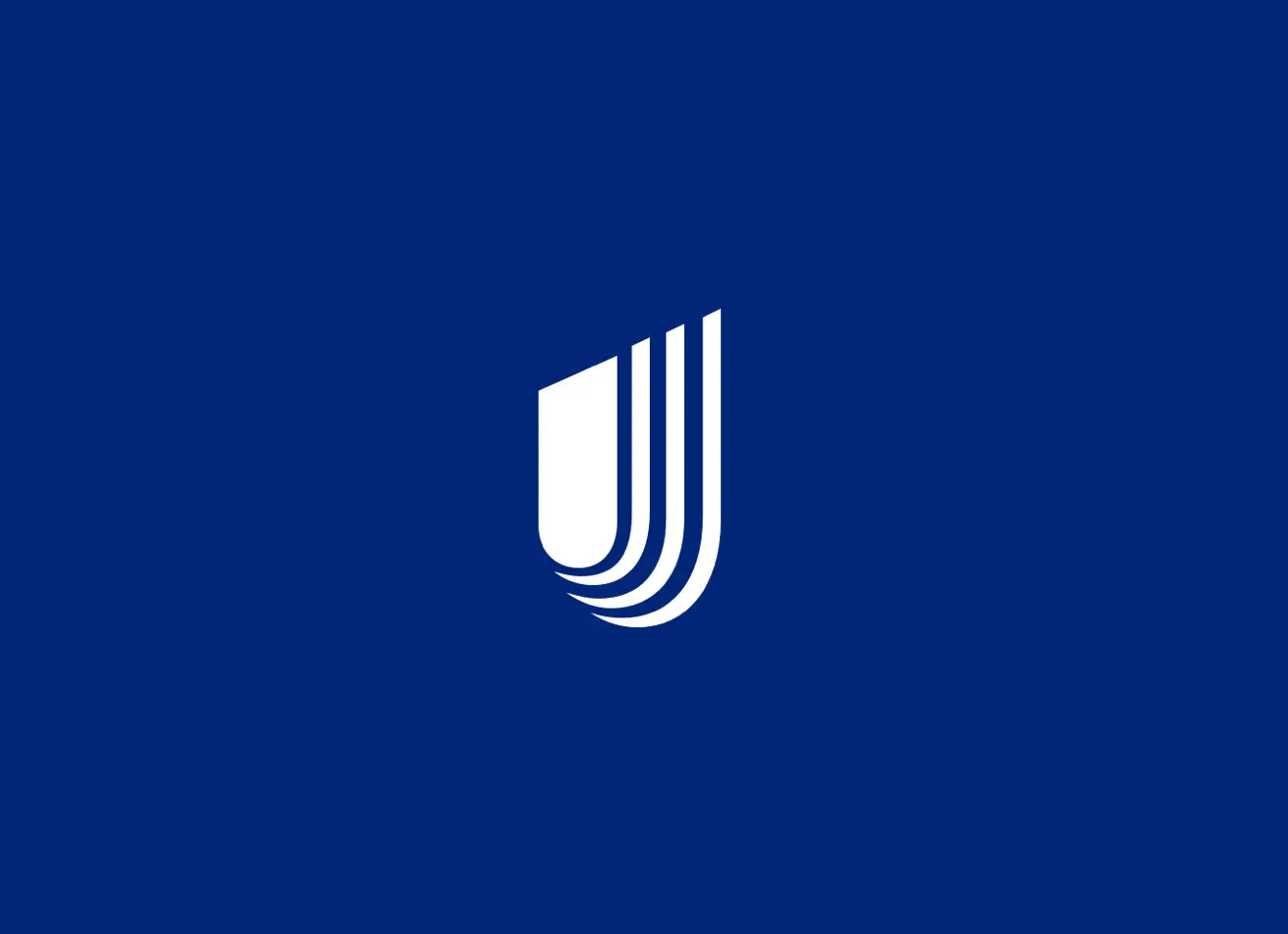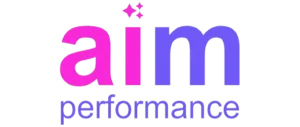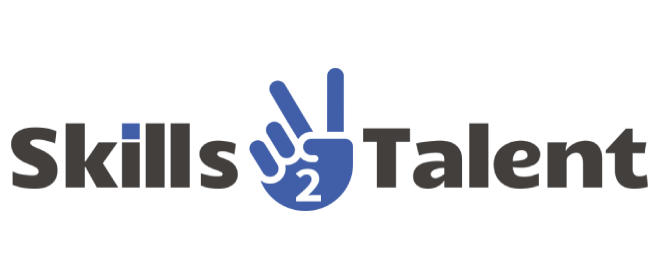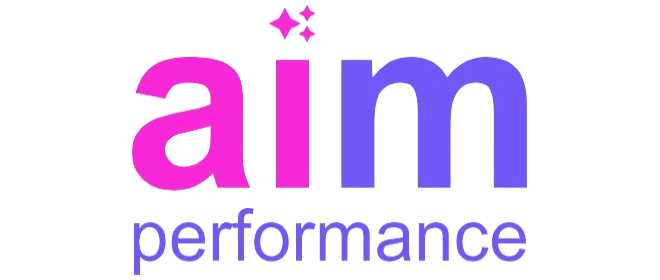Resource optimization is a critical factor for industries that depend on blue-collar workforce to maintain efficiency, reduce costs, and increase productivity. Integrating performance management into daily operations ensures that businesses can effectively optimize their resources, including labor, equipment, and time. In this blog, we will explore how performance management helps optimize resources specifically for the blue-collar workforce, leading to increased operational success.
Understanding Resource Optimization in Blue-Collar Industries
Resource optimization involves using available resources, whether human, financial, or physical efficiently and effectively. For blue-collar industries, where labor plays a critical role, managing these resources is crucial for maintaining output and meeting targets. Performance management, when applied correctly, helps organizations monitor resource usage and align it with productivity goals.
By regularly assessing performance, managers can identify areas where resources are underutilized or overused. For example, if a particular department is consistently meeting production targets with fewer employees, it might indicate overstaffing in other areas. Through performance management, companies can balance workloads and reallocate resources where they are most needed.
Performance Management as a Tool for Streamlining Workforce Allocation
In blue-collar environments, workforce allocation directly impacts resource optimization. Performance management provides managers with data-driven insights that allow for better decisions regarding where and how employees are deployed. By understanding the strengths and weaknesses of individual employees, companies can optimize labor resources to ensure tasks are completed with maximum efficiency.
For example, if performance management data indicates that specific employee excel in certain areas, such as operating machinery, they can be assigned to those roles. This level of strategic workforce allocation ensures that the right employees are placed in the right positions, leading to more effective resource optimization. As a result, companies can avoid overstaffing or underutilizing their workforce, which directly impacts productivity and cost-efficiency.
Improving Equipment Utilization for Enhanced Resource Optimization
In blue-collar industries, equipment is just as important a resource as labor. Performance management helps in monitoring not only employee performance but also how well machinery and tools are being utilized. By tracking the output and efficiency of equipment, companies can identify when tools are being underused or overworked.
For example, if performance data shows that certain equipment is prone to frequent breakdowns, it might be time to reassess its usage or upgrade to newer models. Similarly, if certain machines are consistently underutilized, management can find ways to maximize their potential or redirect resources to more critical areas. Optimizing equipment usage through performance management prevents bottlenecks and improves operational flow.
Enhancing Labor Efficiency Through Goal Setting
One of the core functions of performance management is setting clear and achievable goals. For the blue-collar workforce, these goals often translate into production targets, safety standards, or time management objectives. Clear goal setting not only motivates employees but also ensures that resource optimization is achieved by allocating resources efficiently.
When employees know exactly what is expected of them, they are more likely to focus their efforts and time on achieving those goals, which directly contributes to resource optimization. This alignment leads to better labor efficiency, as employees prioritize tasks that contribute directly to the company’s objectives. As a result, companies experience fewer delays, reduced resource wastage, and improved overall output.
Reducing Operational Costs Through Targeted Training
Performance management identifies areas where employees need additional training, which is crucial for optimizing human resources. In blue-collar industries, errors and inefficiencies often arise due to a lack of proper skills. Targeted training, informed by performance assessments, helps optimize the workforce by ensuring employees have the necessary skills to perform tasks efficiently.
For example, if a group of employees consistently struggles with operating certain equipment, training can be tailored to address this gap. This targeted approach to training not only enhances individual performance but also contributes to overall resource optimization by reducing errors, improving output, and minimizing downtime caused by inefficient practices.
Identifying Underperformance and Corrective Actions
Underperformance can significantly impact resource optimization. If a segment of the workforce is consistently underperforming, it creates inefficiencies that waste valuable time and resources. Performance management helps companies identify these underperforming areas and implement corrective actions swiftly.
By continuously monitoring performance metrics, managers can detect early signs of underperformance, whether due to a lack of skills, motivation, or equipment failures. Once identified, corrective measures such as additional training, reallocation of resources, or changes in work processes can be implemented to improve output and optimize resource use. This proactive approach prevents minor issues from escalating into larger problems that could drain company resources.
Cross-Training as a Strategy for Resource Optimization
Another way performance management contributes to resource optimization is by promoting cross-training. When employees are trained in multiple skills, it enhances their versatility, allowing companies to deploy them in various roles as needed. This flexibility is particularly valuable in blue-collar industries, where demand can fluctuate.
By using performance data to identify employees who are suitable for cross-training, companies can ensure that their workforce remains adaptable. In times of high demand, employees can seamlessly transition between roles, ensuring that all resources—both human and material—are utilized efficiently. Cross-training also reduces the dependency on specific employees for specialized tasks, mitigating the risk of delays due to absenteeism or staff turnover.
Reducing Resource Wastage with Accurate Performance Tracking
Accurate tracking of performance metrics is essential for preventing resource wastage, which is a key element of resource optimization. Performance management systems provide detailed data on material usage, labor hours, and equipment efficiency, allowing managers to identify where resources are being wasted and take corrective action.
For instance, if data reveals that a particular shift consistently uses more materials than others without a corresponding increase in output, it could indicate resource wastage. Managers can then investigate the cause, whether it’s improper training, lack of supervision, or faulty equipment. Addressing these inefficiencies reduces waste and ensures that resources are used optimally, contributing to better profitability.
Fostering a Culture of Continuous Improvement
Finally, performance management fosters a culture of continuous improvement, which is key to long-term resource optimization. By regularly evaluating performance and setting new benchmarks, companies encourage employees to strive for better results. This ongoing focus on improvement ensures that resource allocation strategies are constantly refined.
When employees understand that their performance is being measured and rewarded, they are more likely to seek out ways to enhance their efficiency. This proactive attitude leads to innovations in workflow, better resource management, and ultimately, improved productivity. Continuous improvement ensures that resources are not only optimized in the short term but also in the long run.
Conclusion
In conclusion, performance management plays a pivotal role in optimizing resources for the blue-collar workforce. By providing a structured approach to evaluating labor and equipment efficiency, it allows companies to make data-driven decisions that enhance productivity while minimizing resource wastage. From streamlining workforce allocation to promoting cross-training and reducing operational costs, performance management empowers organizations to make the most of their resources.
Furthermore, fostering a culture of continuous improvement ensures that resource optimization is not a one-time achievement but an ongoing process. Through effective performance management, companies can create a more efficient, adaptable, and cost-effective workforce, leading to long-term success.











